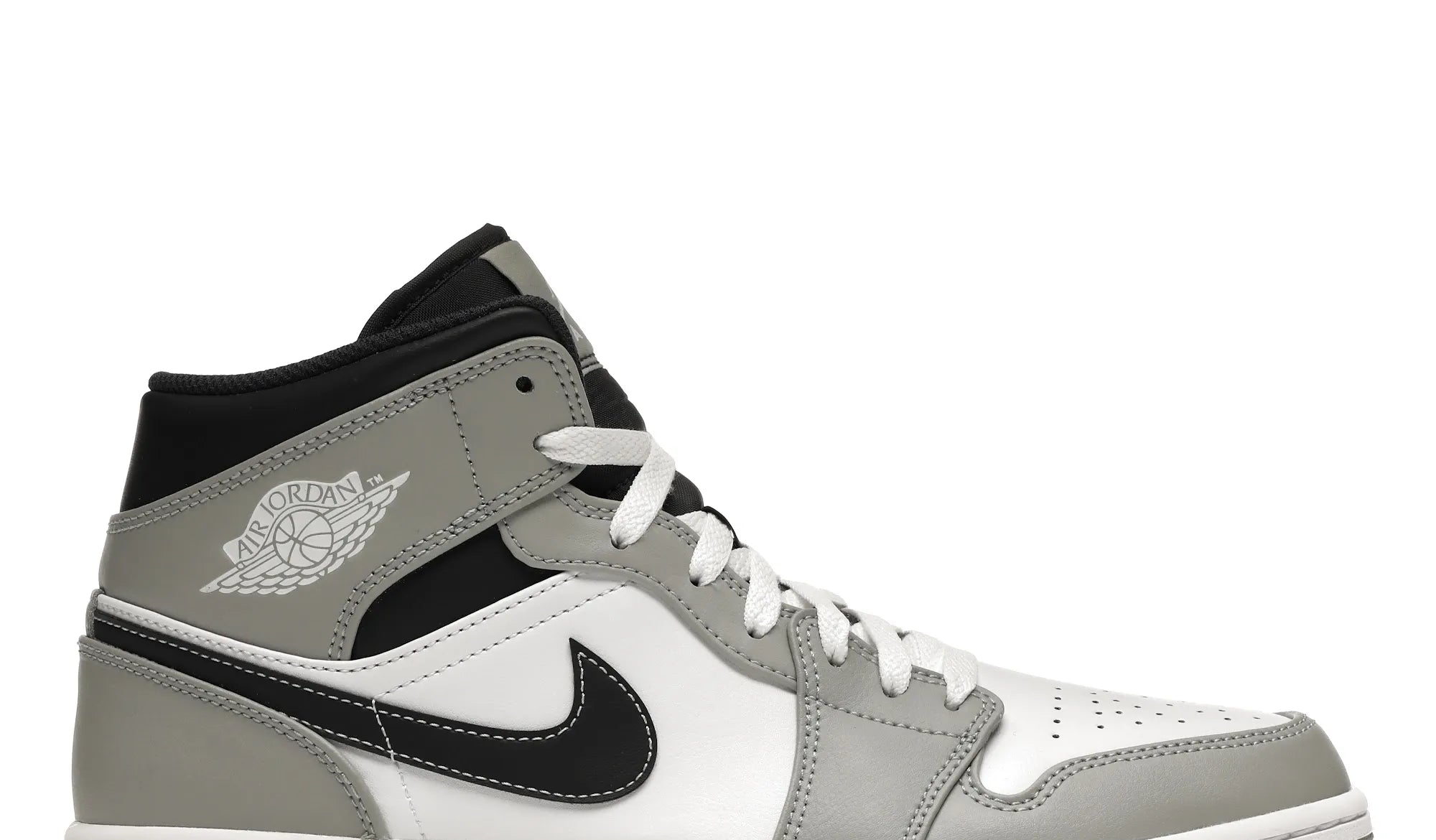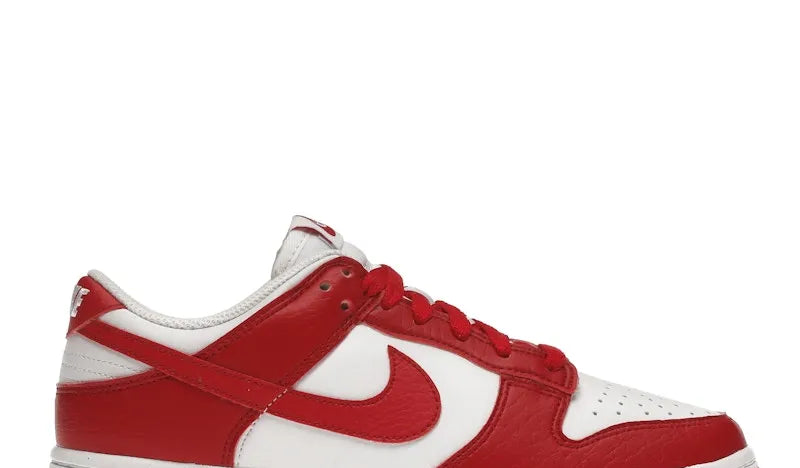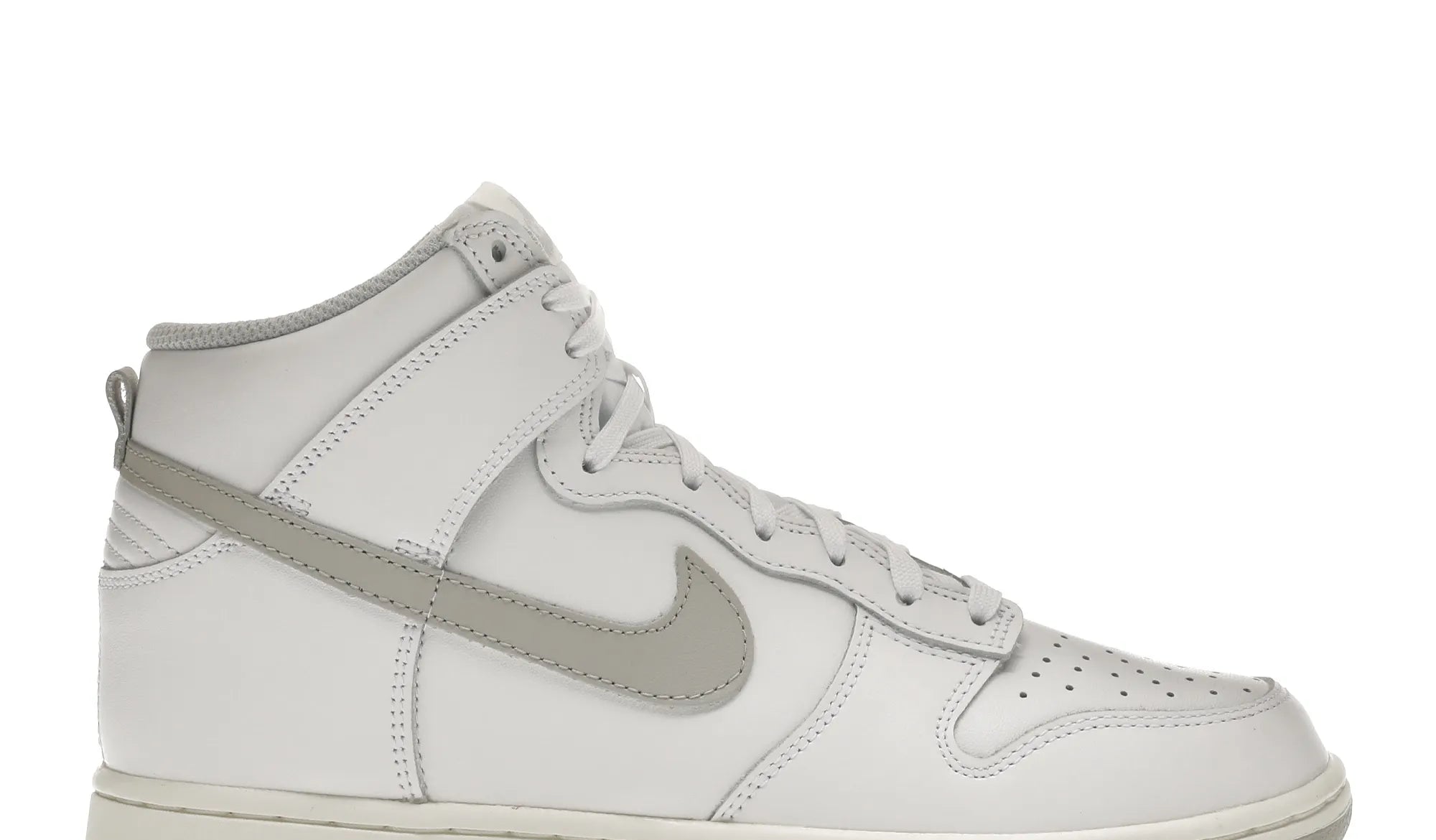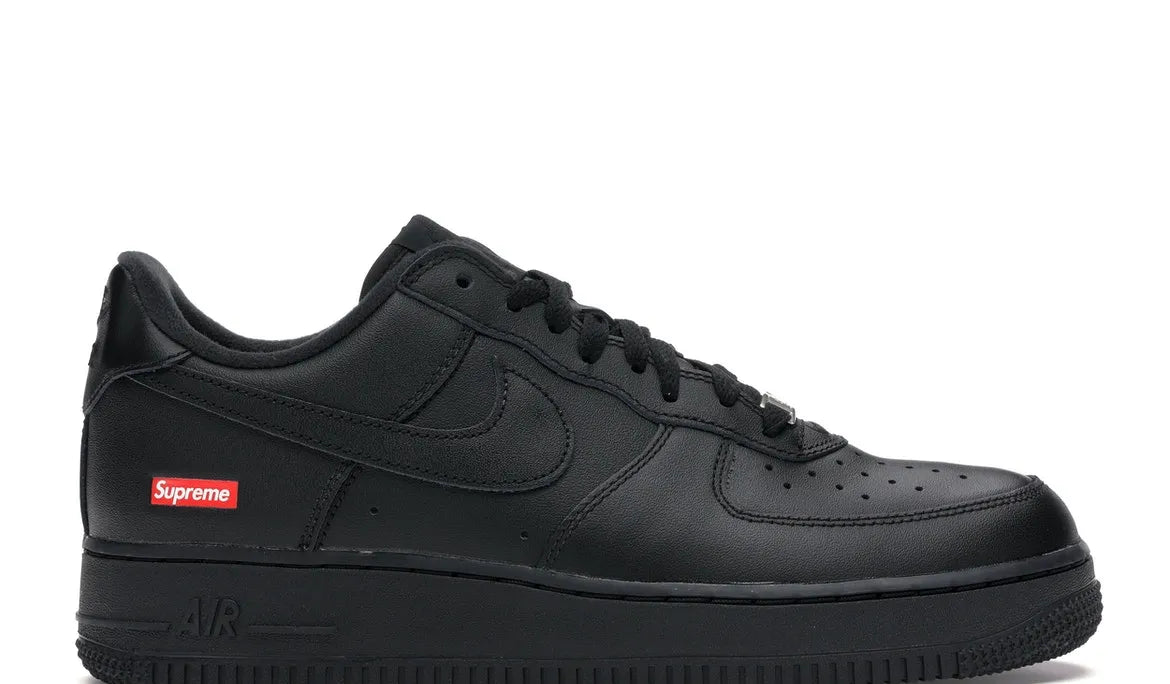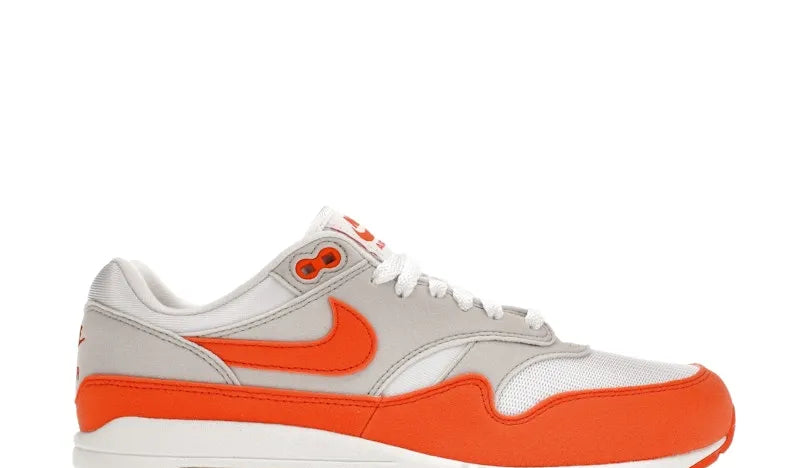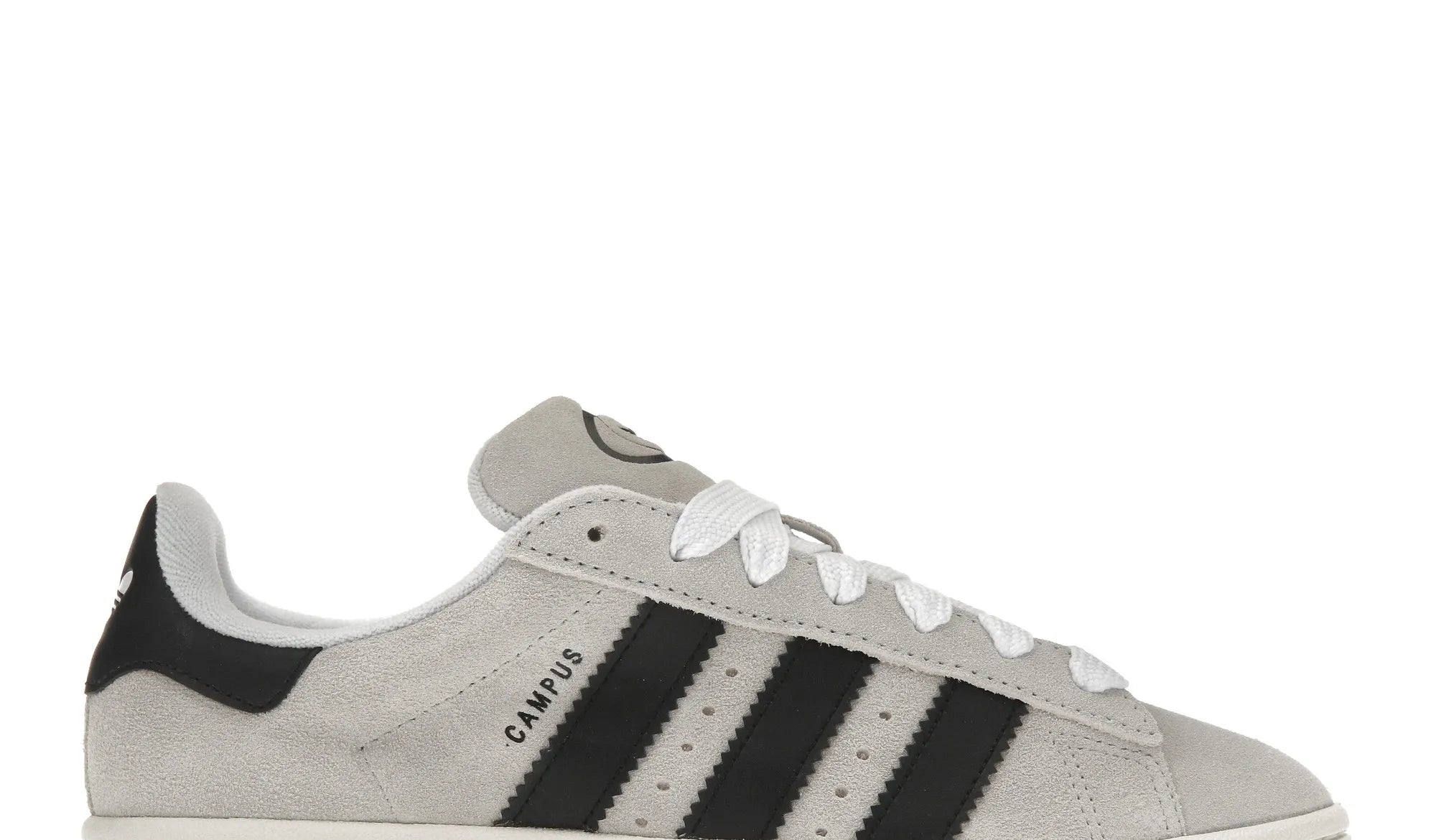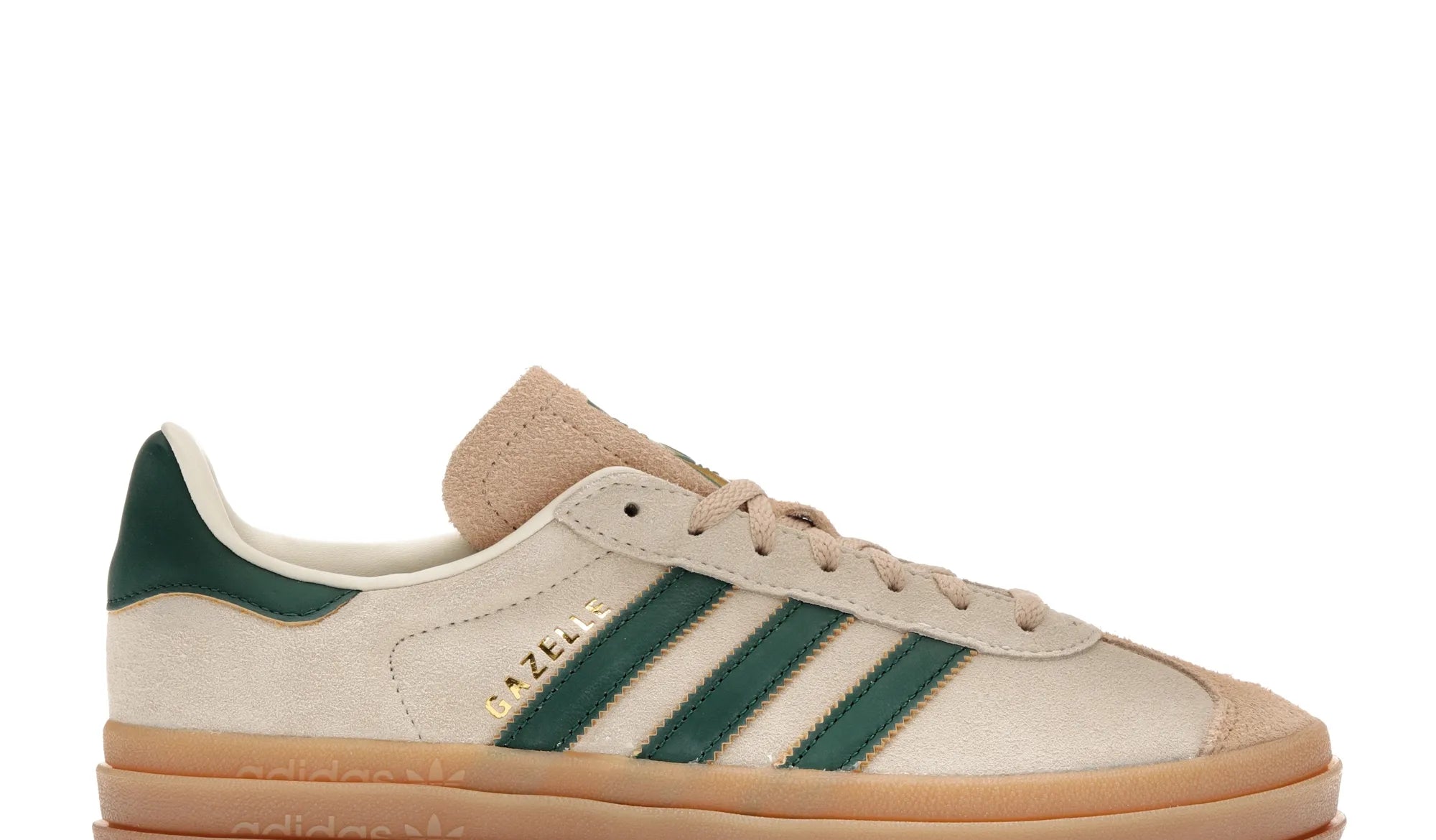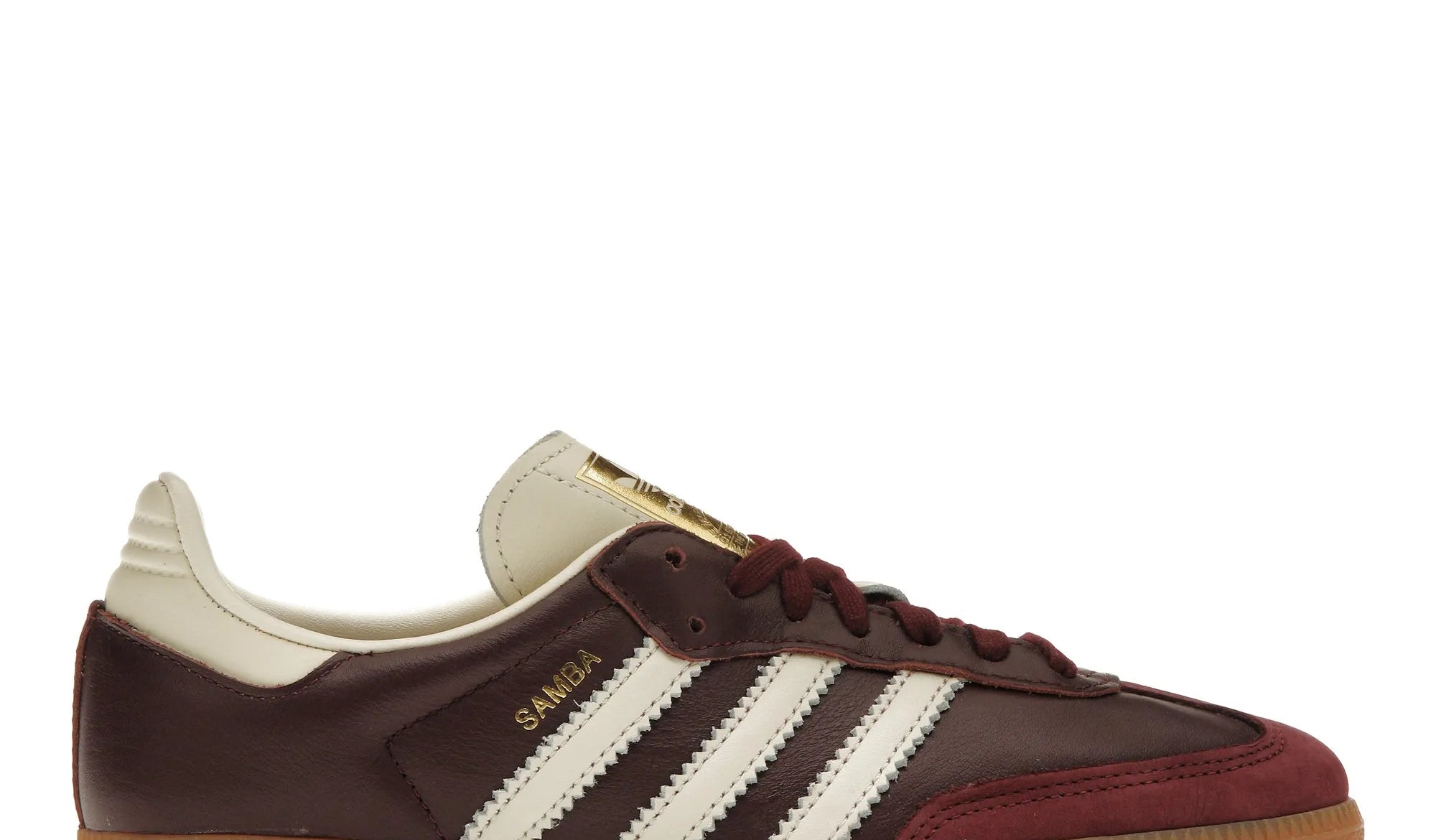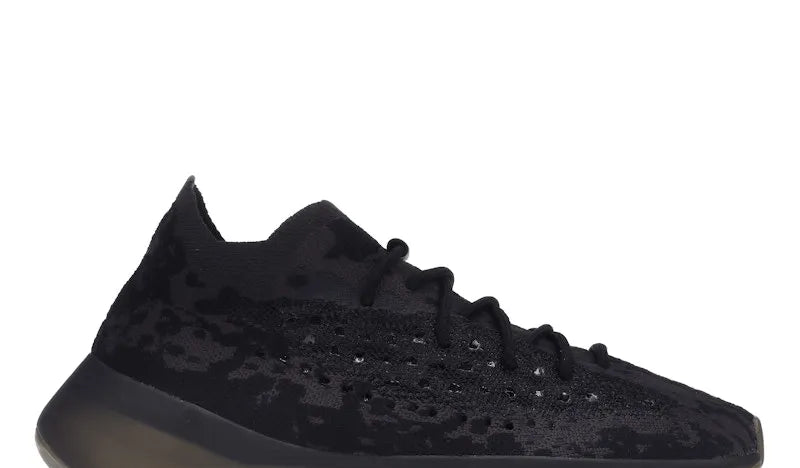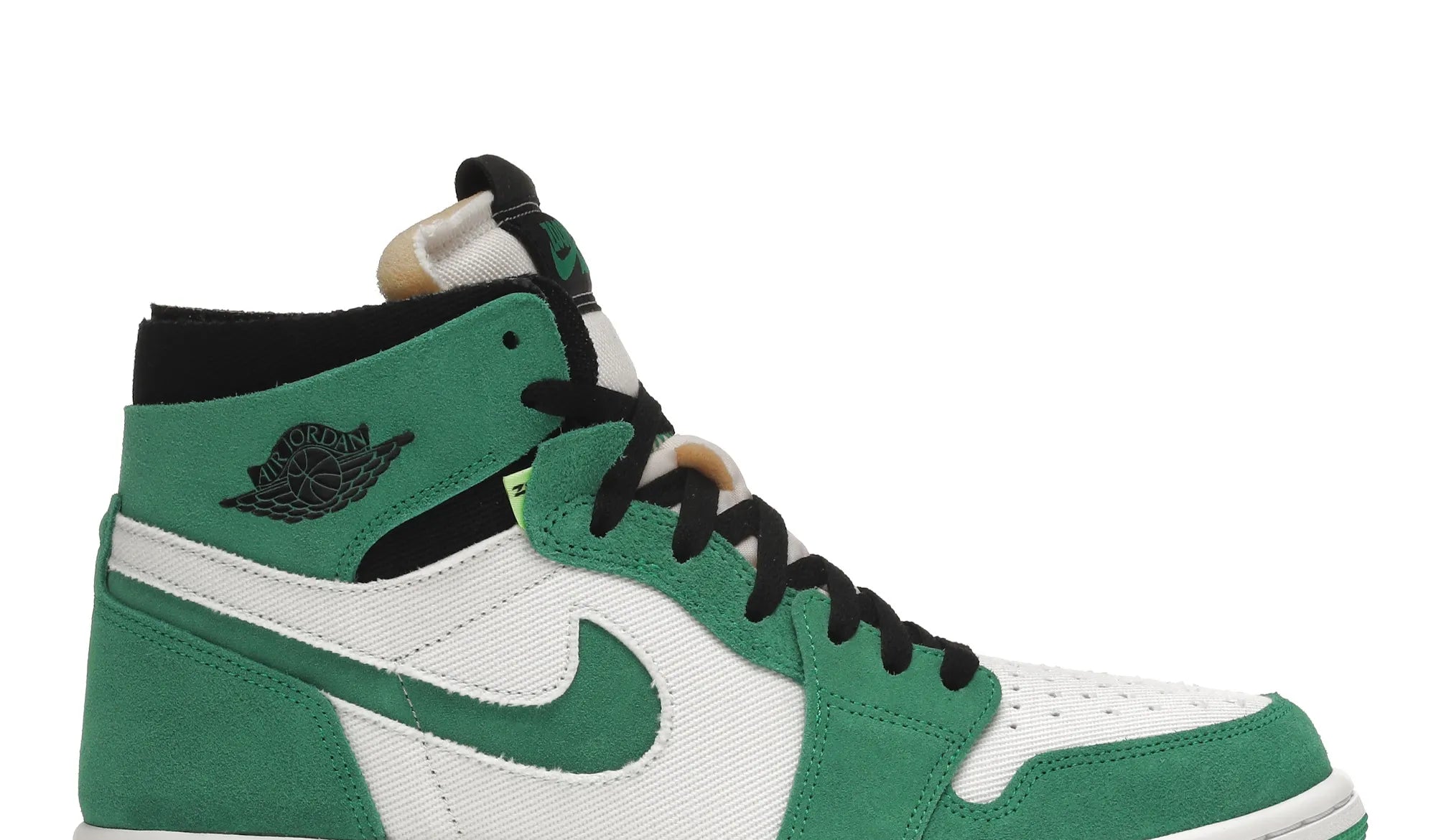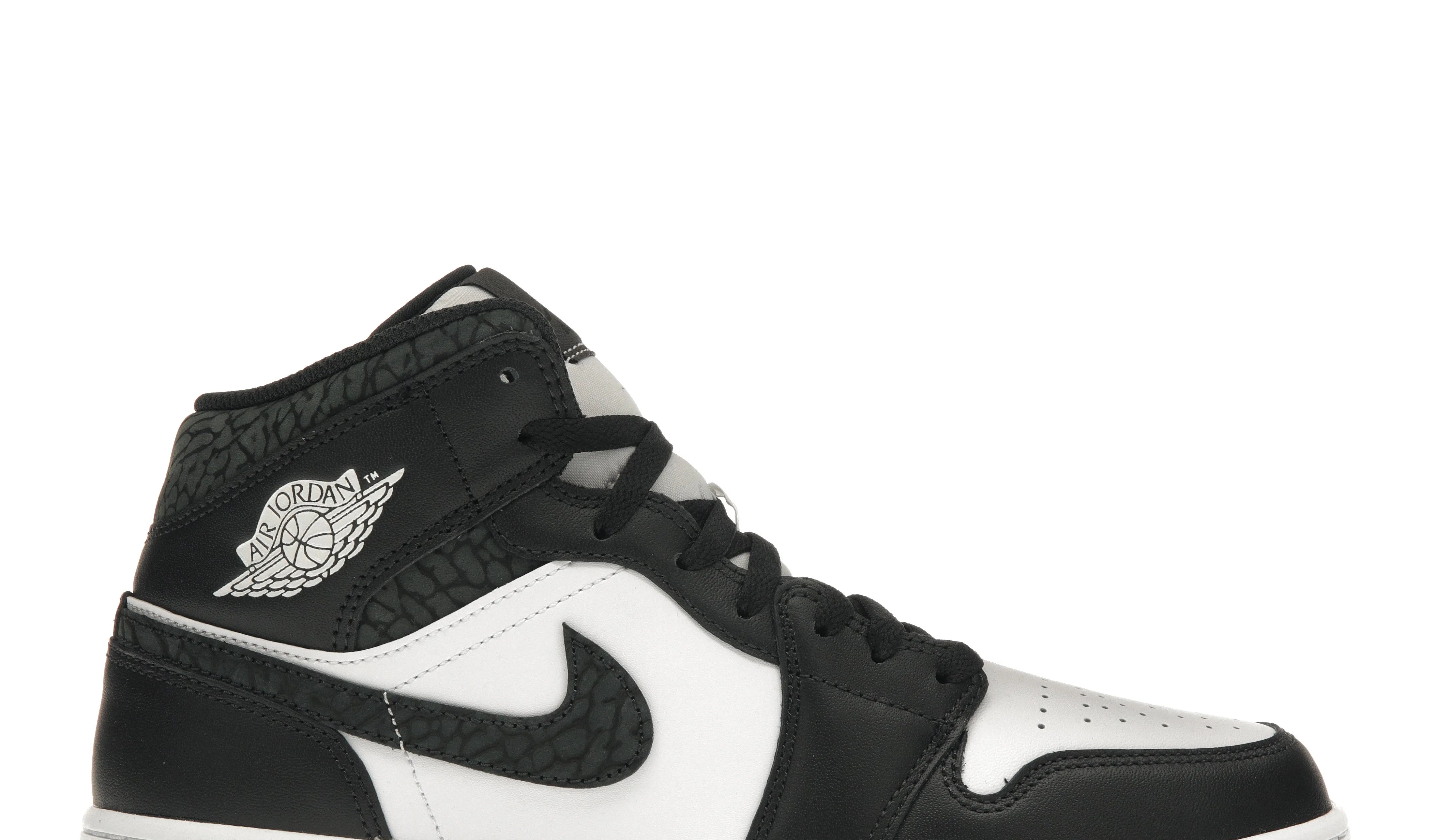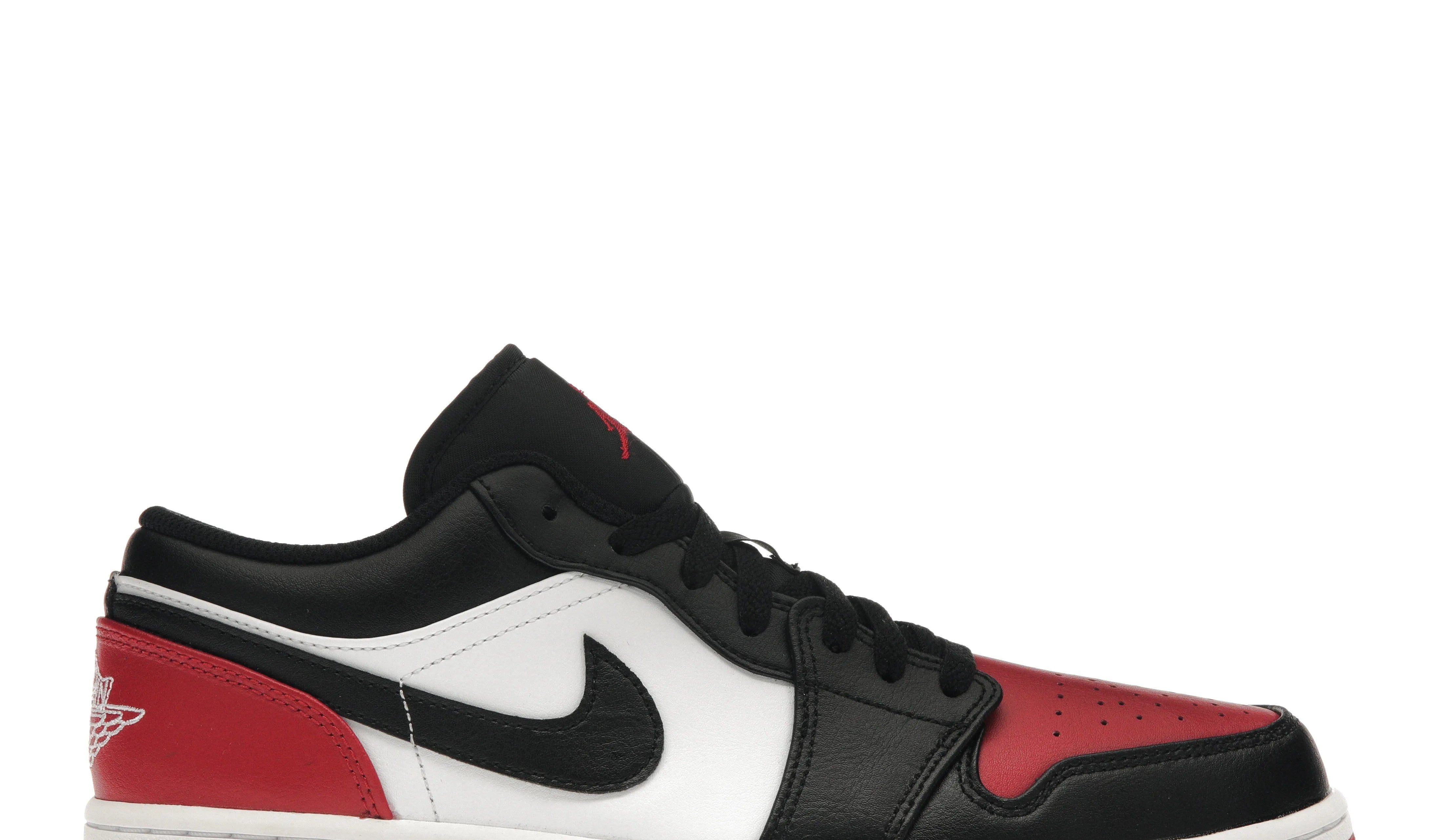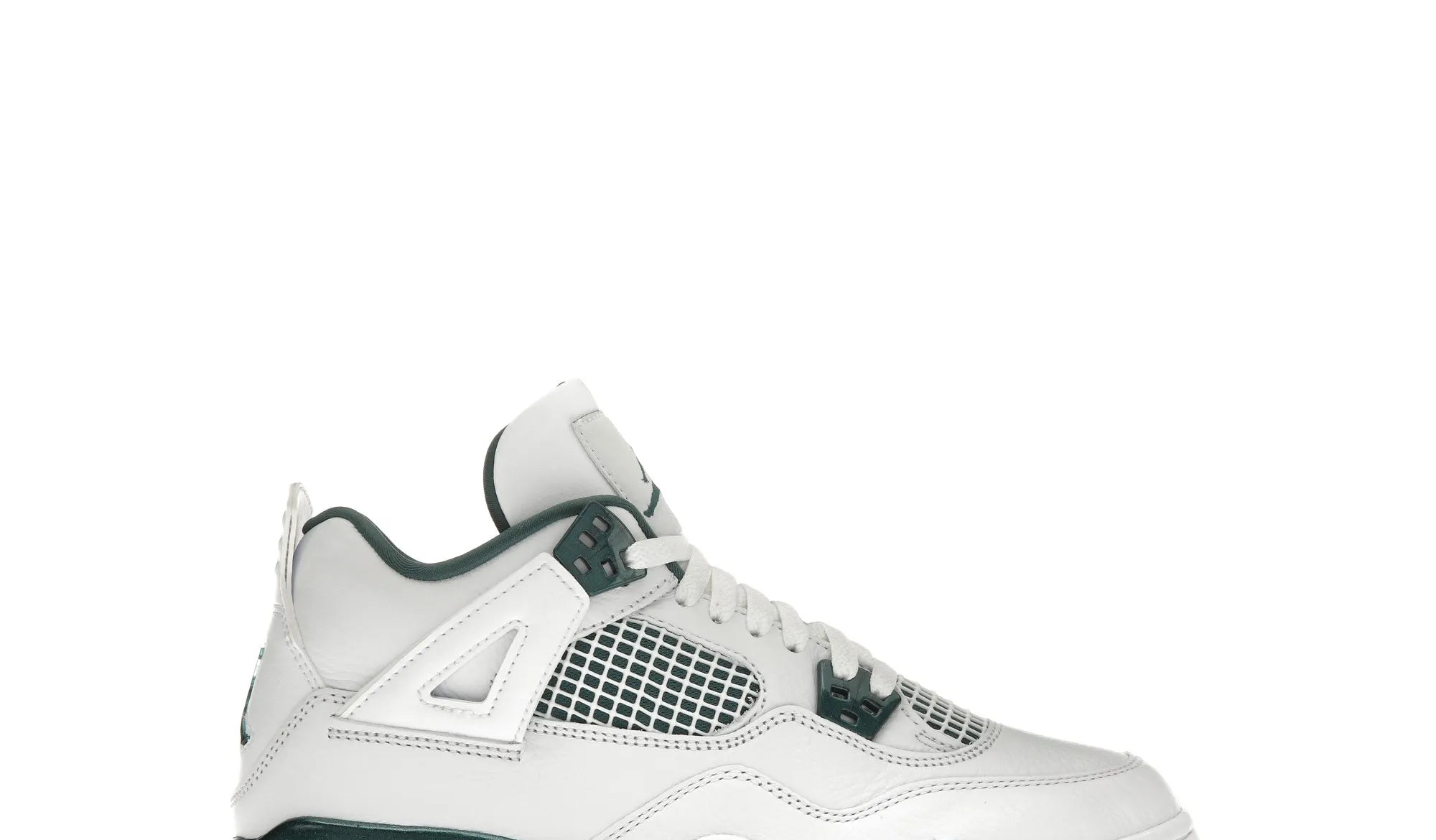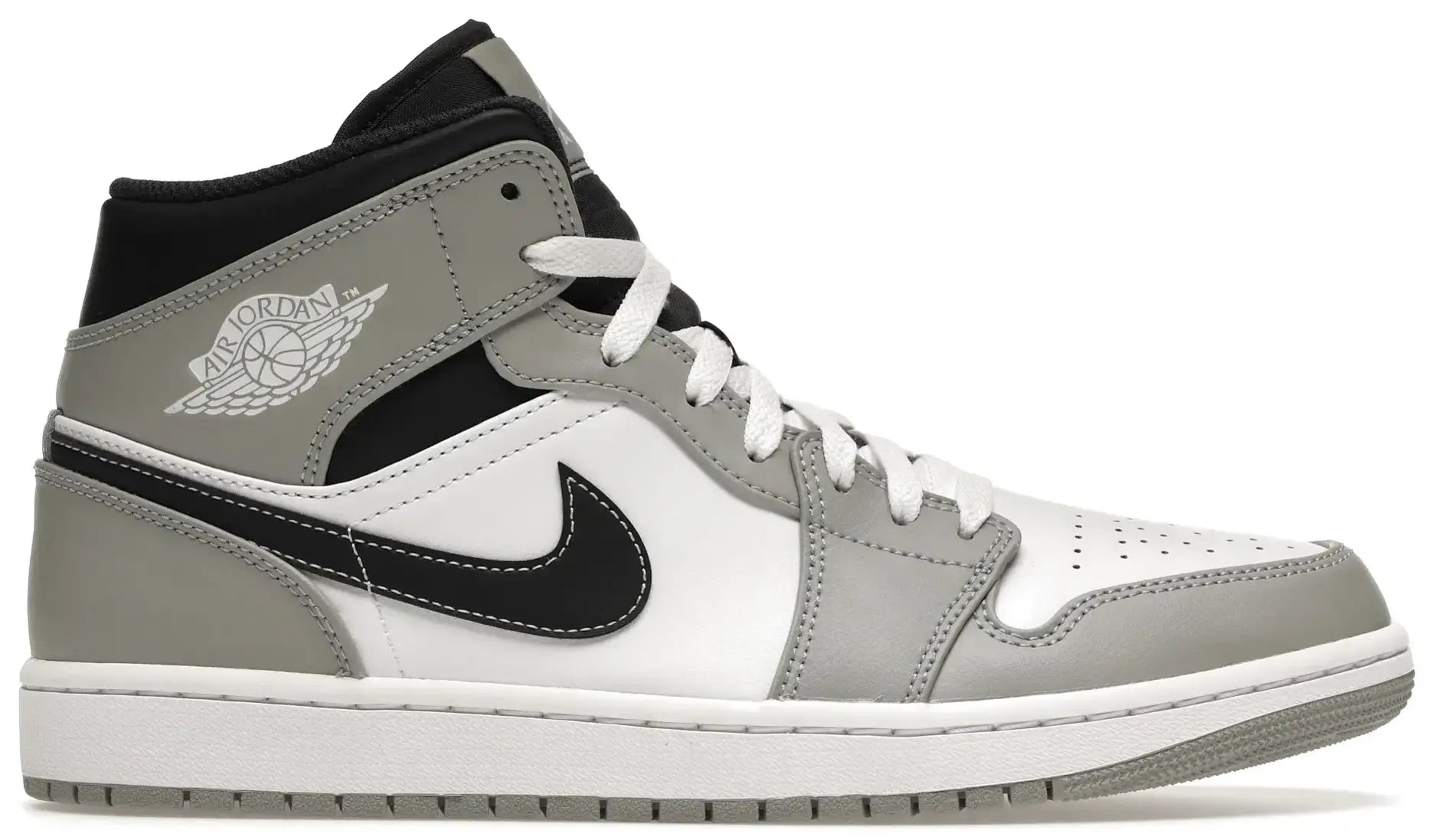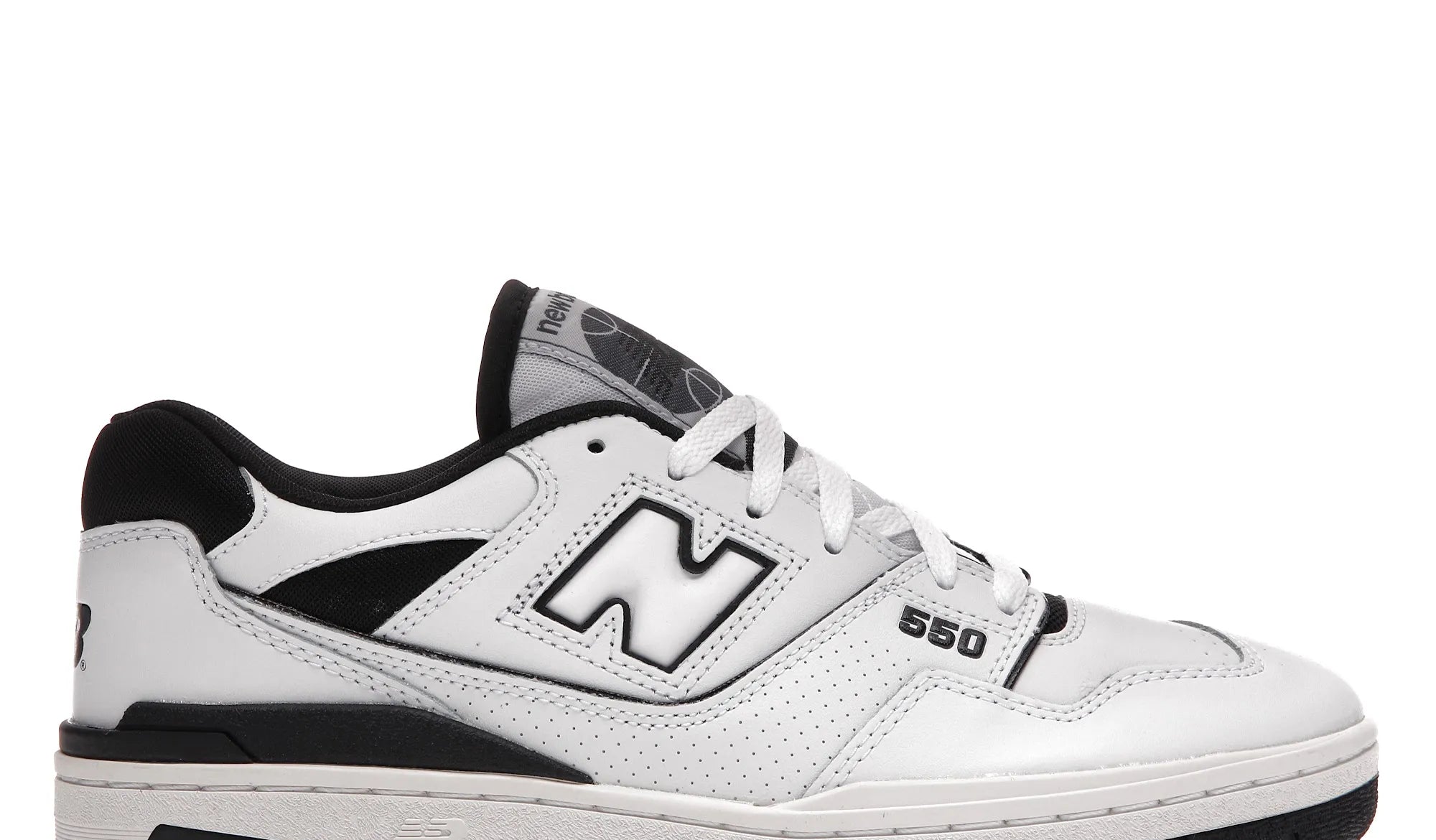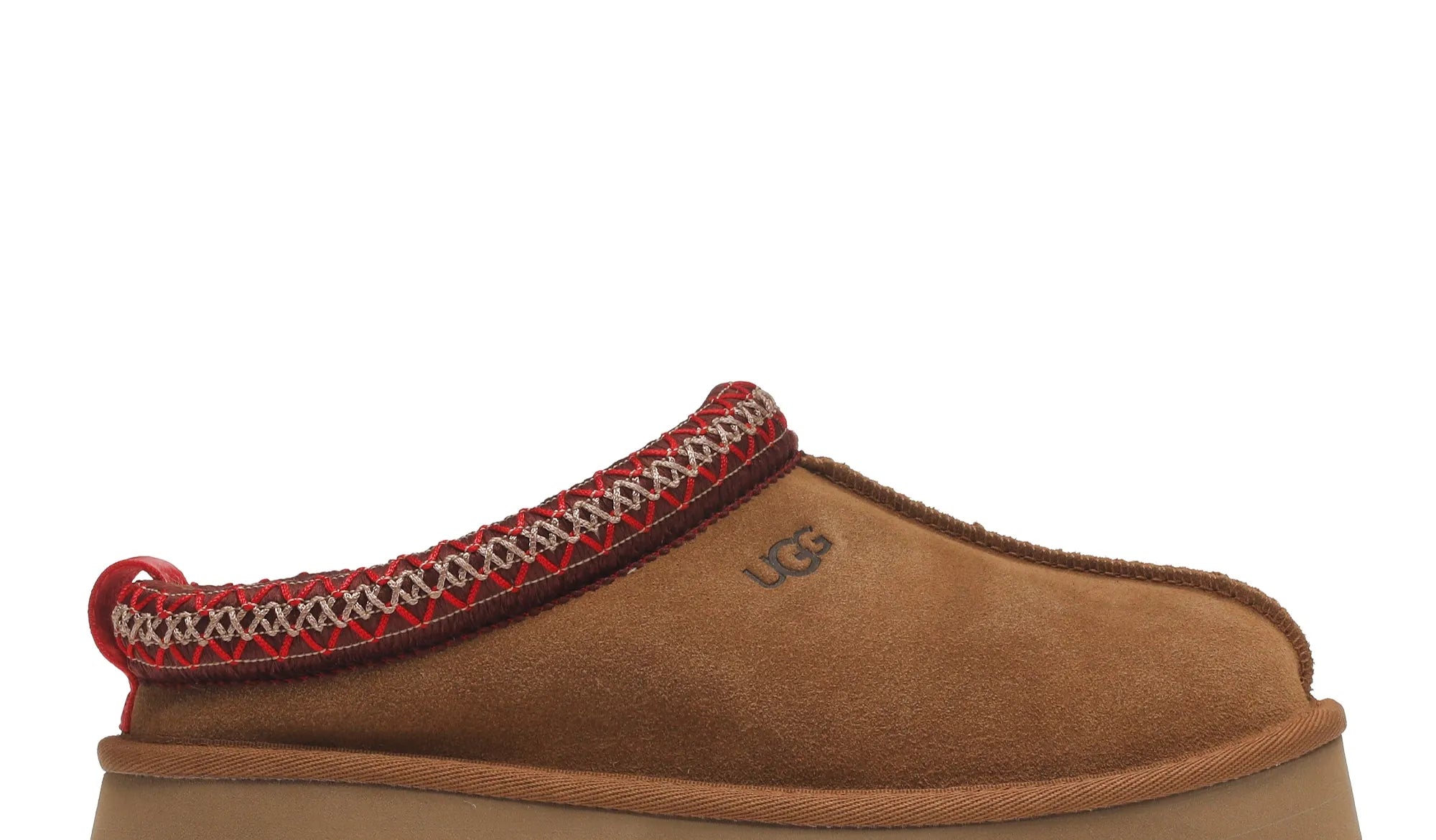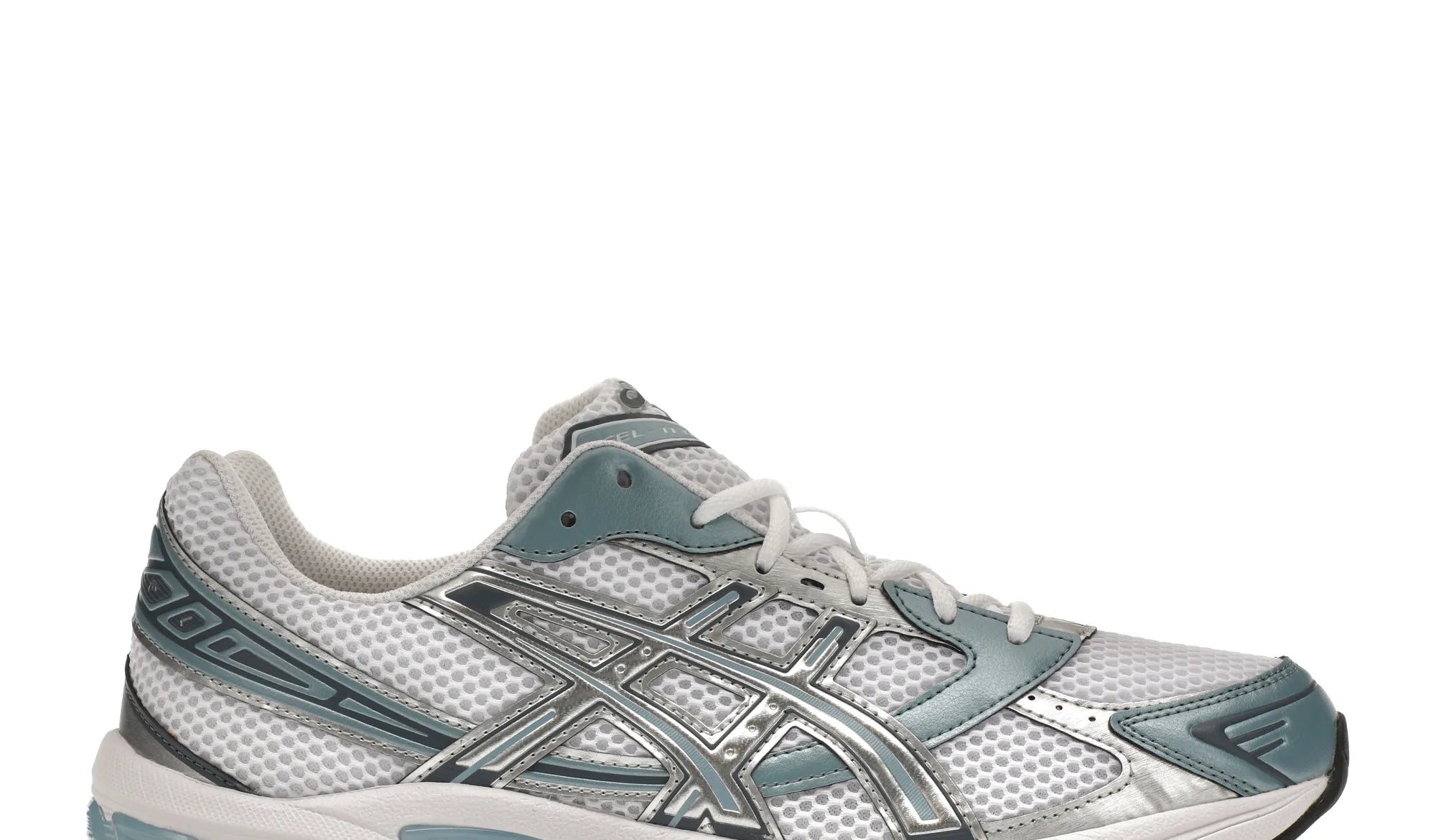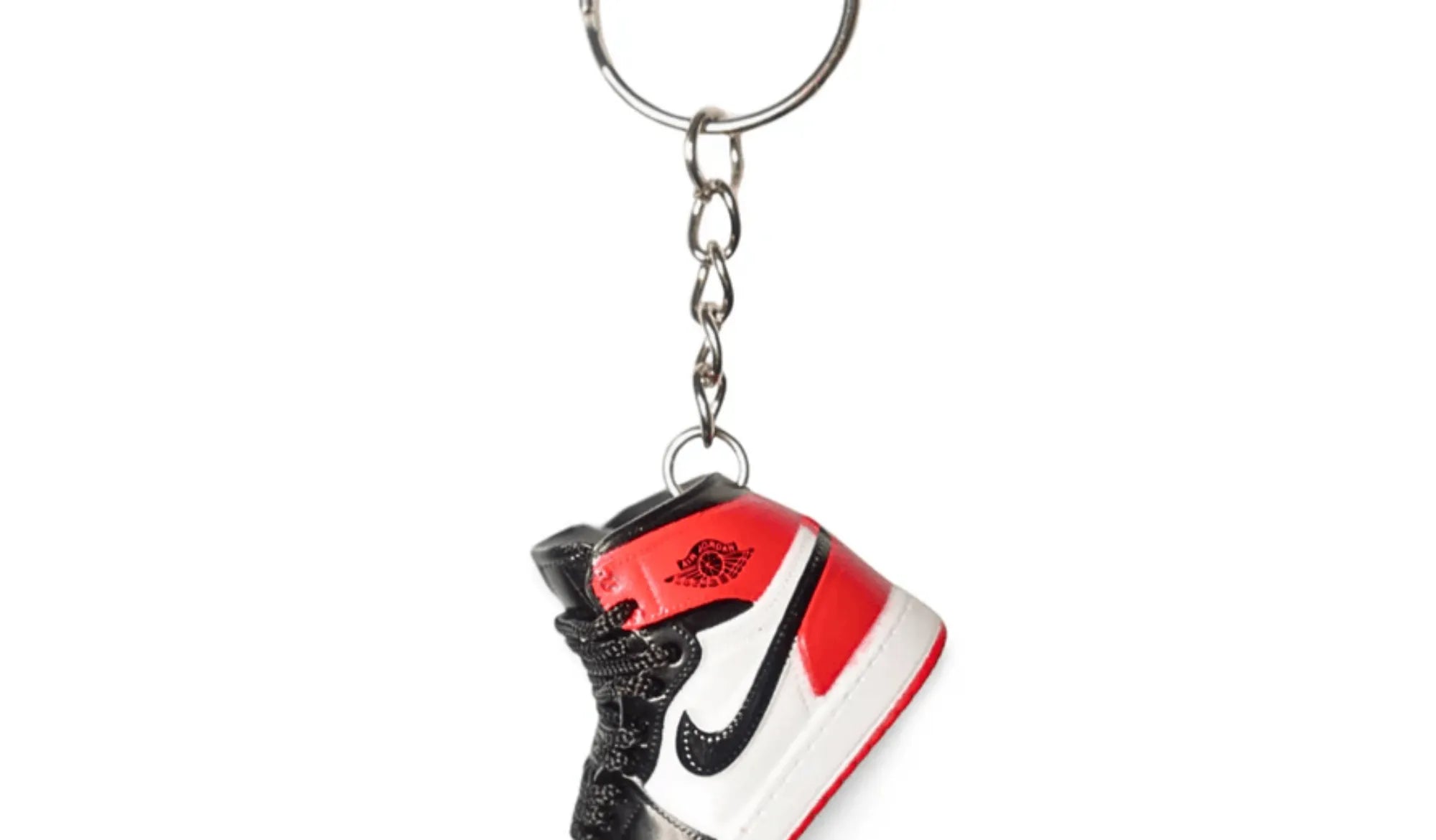How to recognize Jordan 1 sneaker replicas

With the growing interest in Jordan shoes, the number of fake Jordan shoes on the market is also increasing. Fraudsters take advantage of buyers' ignorance or inattention and sell them fake pairs of sneakers. These imitations often resemble the original almost perfectly. So how can we tell if we've become a victim of fraud?
The city of Putian in southeastern China is considered the "world capital" of fake shoes. However, fake sneakers are also produced in other places. Fake shoes from different factories will definitely vary, so it's good to be aware of even the smallest details of the shoe and its original design.
In this article, we will highlight several signs to look for when checking the authenticity of Nike Jordan shoes.
How to avoid buying fakes?
It's best to buy Jordan shoes from stores that guarantee authenticity. If you're unsure about the reliability of a certain company, look for reviews online, check social media. If during your research you find that something seems off, it's better to wait before making a purchase.
Also, keep in mind that if the model of your dream shoes, which is quite hard to find on the market, suddenly appears on some lesser-known site at a suspiciously low price and it's possible to buy all sizes, it's likely a fake.
Fraudsters can also be found on well-known auction platforms. They have developed various methods - often after a purchase, the seller's account disappears and the victim can't do anything about it.
If you decide to buy shoes through any of the aforementioned sites, make sure the seller has enough positive reviews, ask for proof of purchase, and if possible, conduct the transaction in person – this way you'll have the chance to see the shoes before paying.
What to focus on when checking the authenticity of shoes?
It will definitely be helpful to know the vocabulary used by sneaker experts:
- "LEGIT CHECK" – authenticity check of shoes, sneakerheads also use the abbreviation "lc"
- "SCAM" – fraud
- "REPS" – fake
Did you buy your pair of Jordans and suspect they might not be original? Check the following aspects.
Box
First of all, focus on the box – original shoes are always sold in an aesthetically pleasing box. Also, look at the label – the information on it must match the details on the tag inside the shoe.
You can find a photo of the original box of the purchased shoes online and compare the appearance with your box, paying attention to the font on the label – this often differs in fakes.
Processing
Before you start analyzing the shoe in detail, assess its overall appearance. Authentic sneakers are made from high-quality materials, using special technologies, and undergo a series of tests before they hit the market – that's why they can sometimes be more expensive.
Counterfeit manufacturers don't care about details, so fake shoes may primarily have poor-quality materials, uneven seams between parts, excess glue and threads, careless, crooked stitches and seams.

Smell
Another aspect to analyze is the smell. Fake shoes smell very different from the originals. However, this test can only be performed by those who have an original pair of Jordans to compare with.
Air Jordan Logo
Although counterfeit factories usually reproduce the logo accurately, it is not identical to the original. The real Air Jordan logo is embossed deeper into the leather, while on fakes it is more of a print than an embossing. The inscription "Air Jordan" on the original logo has slightly bolder and larger letters, while the replica has smaller and thinner ones.
Swoosh logo
Focus on the placement of the Swoosh logo. On replicas, it is often placed too low or too high, too far or too close to the lace holes.
The Swoosh logo should neither be too short nor too long. The shape should be clear and defined. The three main features are:
- thin tip,
- rounded arch,
- pointed tip.
The best way to confirm authenticity is by comparing with authentic pairs, so we recommend finding a photo of the original shoes you purchased online.
Logo on the sole
The letters on the sole of fake shoes are usually too narrow. Remember that the letter "K" in the Nike logo must touch the letter "E."Not only the fonts themselves but also their placement must be correct.
The Nike logo should be exactly in the center of the sole. It's also important that the ® mark is clearly visible. Additionally, the sole of fakes is often more plastic than rubber.
Logo on the tongue
Carefully examine the label attached to the top of the tongue. Fake Jordans may lack the circle with the registered trademark "R," while original Nikes use a double "R" on that label.
The embroidery should not be too dense or too sparse. There should be no loose threads or "bald" spots.
The font in the logo is also important. While the word "Nike" on most fakes looks like the original, the letters in the word "Air" are often not properly aligned and appear too large.
The back of the shoe
Another distinctive feature is the back of the shoe. Jordan sneakers are characterized by an "hourglass shape": wider at the top and bottom and slimmer in the middle. Fake pairs of Jordan 1 often have an excessive and "puffed up" heel.
Also check the small rectangular label located in the middle of the shoe. The double stitch is important here: one should be placed exactly above the other.
The examples described above are common signs of fakes. However, it is worth mentioning that this list is not exhaustive.
If you have trouble determining the authenticity of your Jordans, try finding a video on YouTube that checks the authenticity of a specific colorway or reach out to more experienced people, for example, through Facebook groups dedicated to authenticity verification. This way, you'll get more than one expert opinion.
